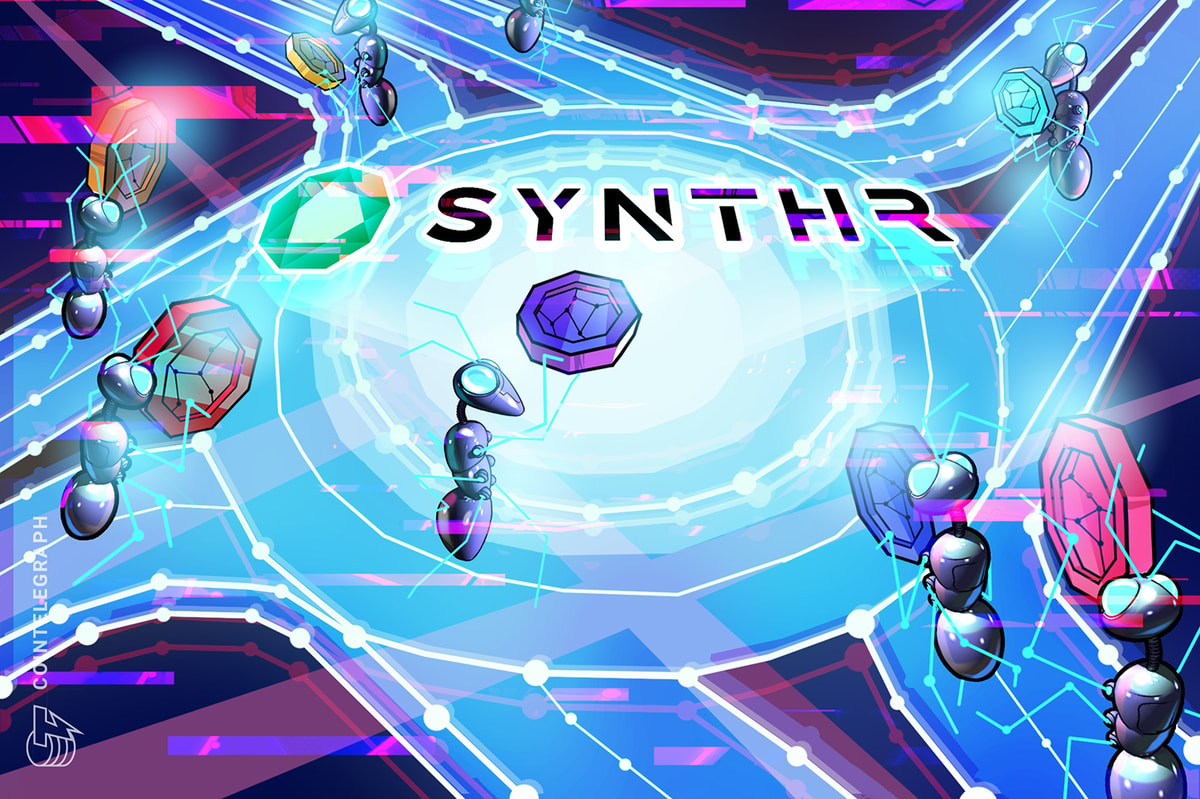
Imagine a successful hamburger chain opening new franchise locations all over the country. Each location has its own wacky signature sauce or a twist on the bun recipe. It sounds amazing at first until you realize you have to drive miles to each spot, pay different upcharges and navigate their conflicting loyalty programs just to sample every new flavor.
Decentralized finance (DeFi) traders and investors mimic this “fast-food joy ride” across the Web3 space, seeking opportunities across multiple networks as each offers its own yield-generating products, community culture and niche services. This expansion presents a powerful draw but also introduces new challenges, including fragmented liquidity and convoluted bridging mechanisms due to the siloed nature of blockchain technology.
Crosschain bridges — blockchain protocols that move assets between networks — were introduced as a quick fix. However, they ended up only creating more complexities by requiring users to lock liquidity in separate pools and pay hefty transaction fees.
Moreover, security risks associated with bridging remain a persistent concern, as bridging protocols can become prime targets for exploits or misconfiguration. Crosschain bridge exploits continued to plague the blockchain ecosystem throughout 2024, according to Web3 security experts.
Omnichain approach to DeFi liquidity
An omnichain liquidity framework alleviates many of these pain points by consolidating liquidity from multiple chains into a single, cohesive layer. Rather than scattering assets across various isolated pools, users and developers can tap into a unified source of capital. The framework can potentially address the liquidity fragmentation across different networks while promoting a healthier DeFi market by minimizing slippage and price discrepancies.
By smoothing out the flow of funds between chains, omnichain solutions can help unlock new levels of scalability and efficiency in DeFi. Traders benefit from deeper liquidity while developers can design applications that interact with multiple networks without the overhead of juggling numerous bridge solutions.
Synthr is an advanced crosschain infrastructure aiming to unify diverse blockchains into a singular, capital-efficient environment. The platform introduces a global debt pool that aggregates collateral and debt balances across multiple chains, acting as the counterparty for all crosschain swaps.
Coupled with specialized oracles that pull and push data (Pyth Network and Chainlink), the platform focuses on ensuring price accuracy and robust security — a challenge many bridging-based solutions have struggled to address effectively.
Zero-slippage crosschain swaps
The main premise of Synthr is its zero-slippage crosschain swaps. Slippage is the difference between expected and executed trade prices, and it often occurs when liquidity is thin or fragmented.

How Synthr reinvents cross liquidity. Source: Synthr
By eliminating that gap, Synthr allows DeFi participants to transact confidently, knowing they will receive the exact price they anticipated. Zero-slippage crosschain swaps use omnichain liquidity layer as its backbone.
Security by design
Crosschain protocols have historically been vulnerable to exploits at the bridging layer. Synthr addresses this through its innovative GMP aggregator, which uses multiple independent consensus layers — namely Axelar Network and LayerZero — to validate crosschain messages.
By distributing verification tasks among several networks, Synthr endeavors to mitigate single points of failure and ensure trustless finality. The result is a security-focused design that seeks to keep exploit risks in check, even as more chains and liquidity sources join the ecosystem.
Crosschain liquidity reimagined
Building a decentralized and trustless crosschain transaction environment is extremely tricky. Finding a solution that is both secure and gas-efficient is even trickier. This is where many protocols stumble — most resort to conventional designs, while others rely on heavily centralized solutions.
Synthr, on the other hand, overhauls how crosschain liquidity works at a fundamental level:
- Novel security framework: The GMP aggregator itself is a first-of-its-kind solution. It is built from scratch to give users the freedom to choose which verification stack they rely on for their transactions, strengthening both flexibility and trustlessness.
- Novel architecture: The protocol employs multiple light chains and a main chain, with the main chain hosting aggregator contracts for gas-optimized crosschain synchronicity. By removing the need for offchain computations, Synthr ensures a censorship-resistant framework while also keeping costs in check.
- A novel approach to synthetic assets: Synthr’s omnichain global debt pool aggregates collateral and debt balances across networks. This setup allows users to supply high-quality liquid collateral on multiple chains, mint omnichain syASSETS with a high collateralization ratio and execute seamless zero-slippage swaps without bridging.
- Omnichain syASSETS: Thanks to this design, syASSETS can freely exist on any chain without requiring a conventional bridge. This dramatically reduces complexity and risk and enables true mobility of capital in the DeFi space.
- Novel reward distribution mechanism: Synthr’s omnichain rewards module lets users farm LP tokens across several chains and receive aggregated rewards on a per-block or per-epoch basis, streamlining yield generation.
🚀 Dive into SYNTHR's Pre-mainnet upgrade and unlock these powerful features. 👇
— SYNTHR (@synthr_io) December 27, 2024
🔒 veSYNTH Mechanism:
🟢 Create: Lock SYNTH to earn syUSD + SYNTH rewards. Receive veSYNTH (ERC-721 token) proportional to the locked amount and duration (up to 4 years).
🟢 Extend: Increase lock… pic.twitter.com/2YM68JvLqm
As the number of chains and tokens inevitably grows, so will the demand for robust crosschain solutions that deliver both security and capital efficiency. Synthr’s architecture addresses the core challenges of fragmented liquidity, reliance on multiple bridges and vulnerability to exploits. By embracing omnichain liquidity and zero-slippage mechanisms, the protocol aims to stay at the forefront of an industry-wide push toward frictionless interoperability.
As Web3 matures and expands to a broader demographic, Synthr looks to keep growing and becoming an inseparable part of the onchain adoption.
Disclaimer. Cointelegraph does not endorse any content or product on this page. While we aim at providing you with all important information that we could obtain in this sponsored article, readers should do their own research before taking any actions related to the company and carry full responsibility for their decisions, nor can this article be considered as investment advice.











